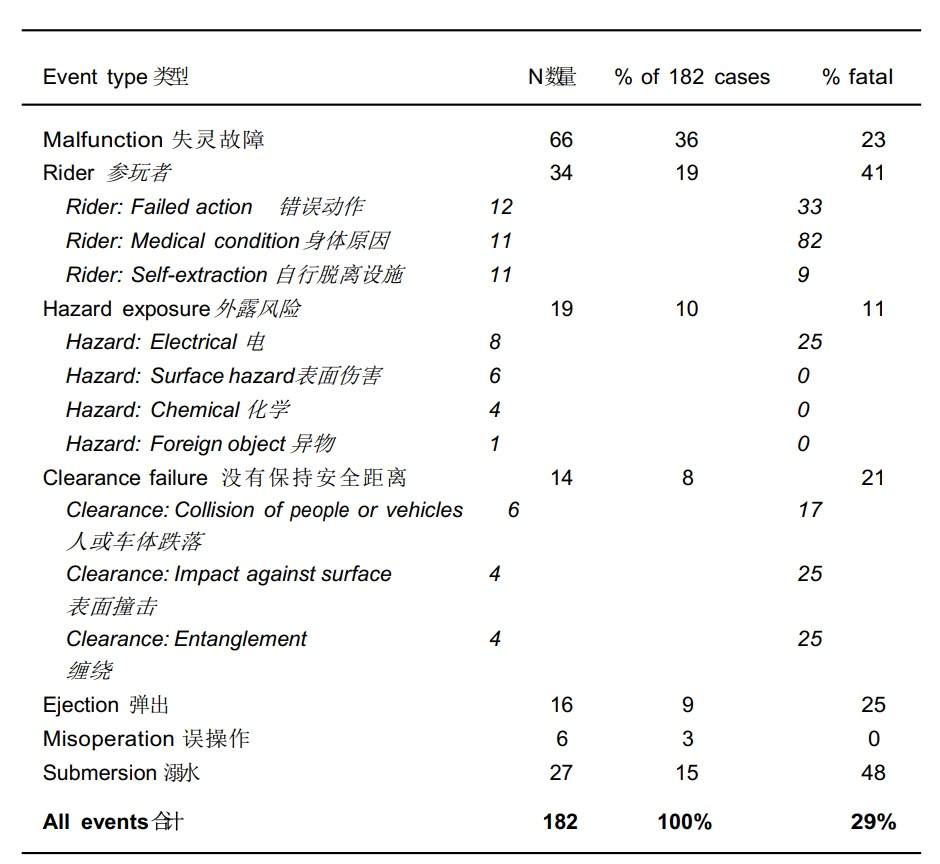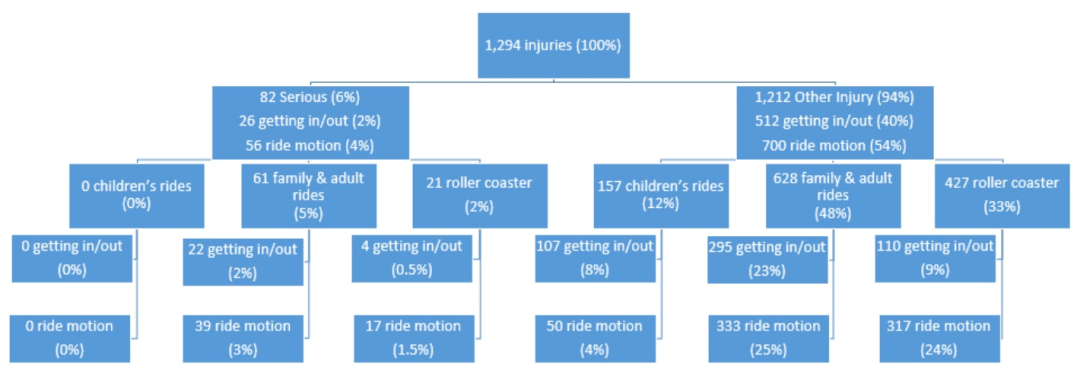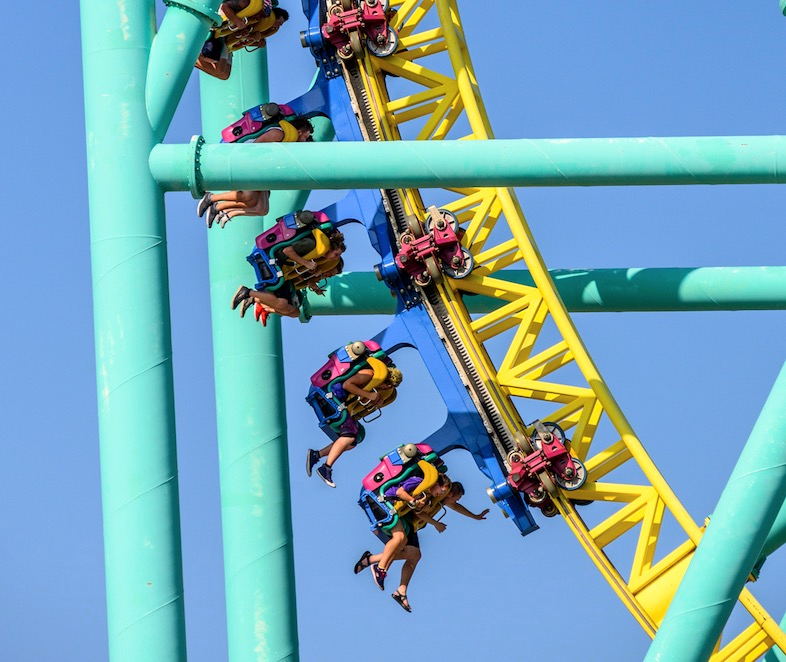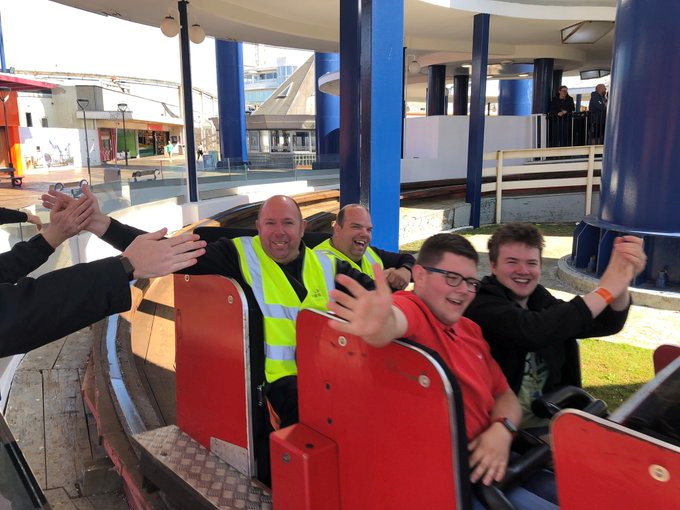
Amusement equipment safety and visitor behavior observation analysis
Source:
Author:
Release time:
2025-05-28
Click to view details

Safety is paramount for every amusement park. Although occasional incidents in theme parks don't necessarily indicate high risk, they can cause widespread public concern, jeopardizing public trust and confidence in the safety of the entire industry. Safety concerns should never be taken lightly.
Probability of Amusement Ride Accidents


Causes of Injuries

Passenger Negligence and Passenger Behavior



Bias in Accident Investigation

Purpose of Focusing on Tourist Behavior


Types and Basic Definitions of Tourist Behavior

Potential Motivations for Tourist Behavior

Persistence and Repetition of Tourist Behavior


Tourist Behavior Observation Analysis



Incorrect exit from amusement rides (related to egress)

Behaviors with significant injury risk


Response Suggestions
Recommended Important Tourism Events
2025 China Family Tourism Innovation Development Forum
June 12-13, Shanghai Jinshan Crowne Plaza Hotel

Key words:













